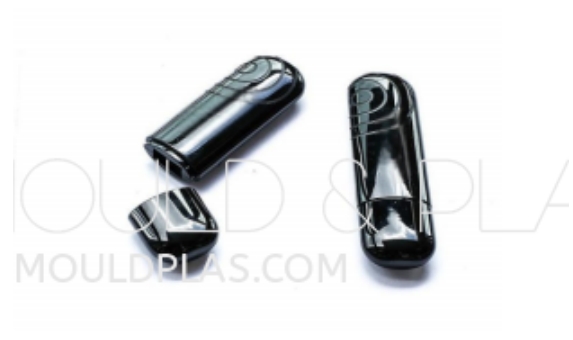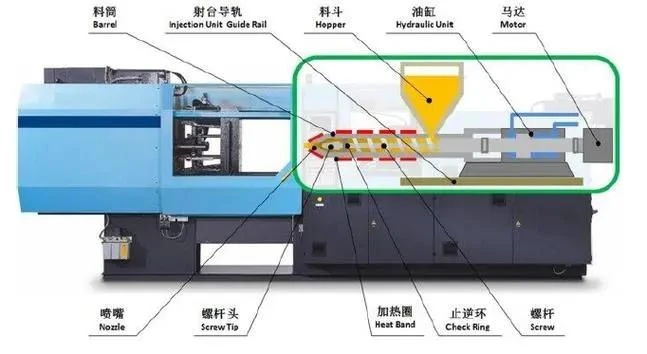Ultrasonic welding causes the plastic surface to vibrate, generating friction and heat, which continuously raises the temperature of the surface to be welded until it melts and connects, while the non-welded surface remains unaffected.
Ultrasonic welding equipment is mainly composed of a high-frequency current generator, transducer, welding tool, base, etc.
1. High-Frequency Current GeneratorIts main function is to convert the input low-frequency current into high-frequency current. The frequency of the high-frequency current is similar to the frequency range of ultrasonic waves, generally 20–40 kHz, with a wavelength of approximately 270 mm.
2. TransducerIt converts high-frequency current into high-frequency mechanical energy. Meanwhile, the amplitude of the ultrasonic waves must be amplified before use.
3. Welding ToolIt transmits ultrasonic energy to the plastic parts to be welded, typically made of aluminum alloy or titanium alloy.
4. BaseIt supports the plastic parts to be welded.

The high-frequency current generator and transducer are determined at the time of equipment purchase, but the welding tool must be designed and customized according to the shape of the workpiece and the existing ultrasonic equipment. To prevent excessive wear on the part where the welding tool contacts the plastic surface, a tungsten carbide vibrating head is generally inlaid at the top of the welding tool. The diameter of the vibrating head must be determined based on the specific conditions of the plastic part but must be smaller than the half-wavelength of the ultrasonic wave, i.e., 135 mm. If it exceeds this value, a multi-welding head design is required, but multi-welding heads have low efficiency and cannot meet the requirements for sealing, waterproofing, dustproofing, or pressure resistance.
The welding compatibility of common plastic materials is shown in Table 8-1.
Table 8-1 Compatibility of Welding of Commonly Used Plastic Materials
ABS | PMMA | Cellulosic Plastic | ABS/PC | Nylon | PC | PP | PE | PS | PVC | Styrene - Acrylonitrile | |
ABS | OK | OK | OK | ||||||||
PMMA | OK | OK | OK | ||||||||
Cellulosic Plastic | OK | ||||||||||
ABS/PC | OK | ||||||||||
Nylon | OK | ||||||||||
PC | OK | ||||||||||
PP | OK | ||||||||||
PE | OK | ||||||||||
PS | OK | ||||||||||
PVC | OK | ||||||||||
Styrene - Acrylonitrile | OK |
(1) Welding strength detection (drop test can be conducted).
(2) Whether the scars meet the requirements.
(3) Whether the welding surface is embossed.
(4) Whether the welding position is correct.
(5) Whether there are cracks after welding.

